Get the benefits without the pain
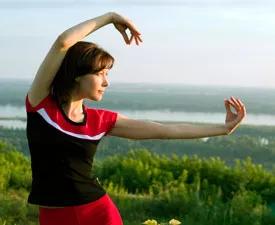
By: Scott Burg, DO
Advertisement
Cleveland Clinic is a non-profit academic medical center. Advertising on our site helps support our mission. We do not endorse non-Cleveland Clinic products or services. Policy
If you want to live a better life with arthritis, the benefits of exercise are clear. Healthy movement can help you decrease stiffness, release your body’s natural pain-blocking endorphins and reduce stress on your joints as you lose weight.
But there’s a reason I always stress the importance of speaking with a doctor before starting an exercise program. You want to get the benefits while avoiding injuries or increased pain. An honest conversation — including a few simple questions — offers a great way to get started.
When we say “arthritis,” we’re talking about a wide range of conditions. Not all come with the same symptoms.
If you have an inflammatory condition such as rheumatoid arthritis, your stiffness is likely to improve with exercise — particularly flexibility focused exercises such as tai chi. On the other hand, if you have osteoarthritis, you need to pick activities that don’t place a heavy load on your aching joints so you don’t make pain or stiffness worse.
“The starting point will differ for everyone. What’s important is to ease your way into exercising to avoid injury and increase your chance of long-term success.”

Scott Burg, DO
Department of Rheumatologic and Immunologic Disease
Advertisement
So, for example, if you have osteoarthritis in your knees, your doctor might steer you toward low-impact pool-based exercises or brisk walking rather than running. And you need to pay special attention to your warm-up, cool-down, and ice or heat for your joints.
Exercise can help you reduce pain. The last thing you want to do is make your pain worse by causing an injury.
Before starting any program, offer an honest assessment of your pain level. That way your doctor can help you figure out how to set limits and start at the right intensity level.
Keep asking yourself this question while exercising, too. A little muscle soreness or fatigue while working out is normal, but do not ignore joint pain that lingers or gets worse. That’s a sign you need to rest and rethink your program.
This question is critical. If you have diabetes, heart disease, lung disease or any other chronic condition beyond arthritis, bring them to your rheumatologist’s attention.
Why? Because chronic conditions, and the medications you take for them, may limit the types of exercise you can do — and at what intensity. As doctors, we encourage our patients with arthritis to be active, but not if there’s a serious health risk involved. We assess that by taking a look at your total health picture.
To get started, you need a starting point. If your arthritis or other health problems have kept you from exercising for a long time, start slowly.
Let’s say you haven’t exercised in months because of fibromyalgia and chronic fatigue. If you start by trying to walk briskly for an hour at a time, you may get so tired you become discouraged and don’t try it again. Why not start with 10 or 20 minutes at first, then work your way up?
The starting point will differ for everyone. What’s important is to ease your way into exercising to avoid injury and increase your chance of long-term success.
It’s worth asking this question. For my own patients, the answer often is “yes.”
Work with your doctor to develop goals of an exercise program, then explain those goals to the physical therapist. This expert can help you learn the right warm-ups and cool-downs, practice proper form, and outline a program that suits your needs and any possible limitations.
As little as one visit can help, but many patients benefit from the support and accountability a longer-term program provides.
Advertisement
Learn more about our editorial process.
Advertisement
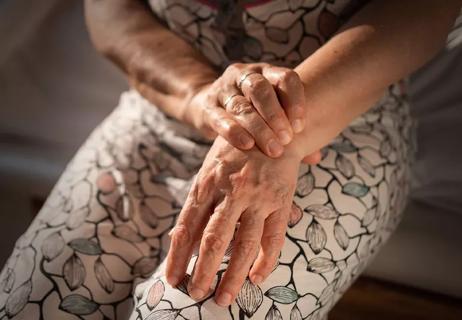
Simple exercises like tendon glides and finger lifts can have a big impact

Research is inconclusive, so don’t stop eating tomatoes, potatoes and peppers just yet
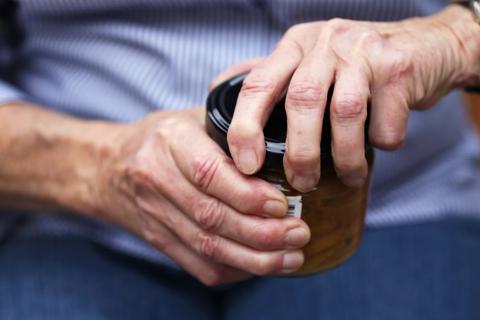
From heating pads and ice to exercises and splints, find the relief that works for you
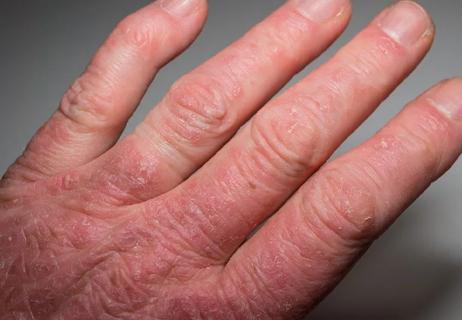
What’s the difference between these types of inflammatory arthritis?
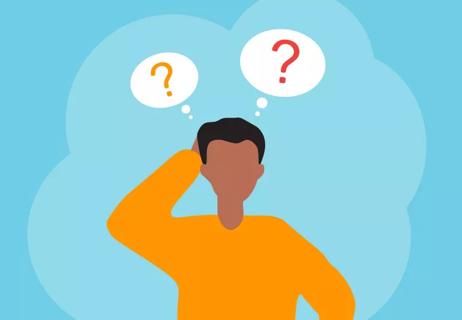
The link between joint pain and skin rashes
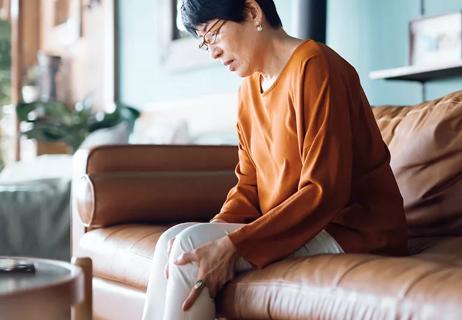
What’s the difference between these types of arthritis?
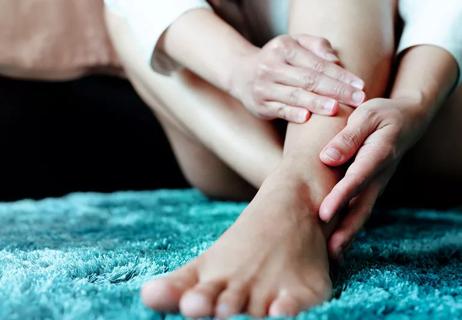
Remember to start slow and if things don't improve, ask your doctor about more advanced solutions
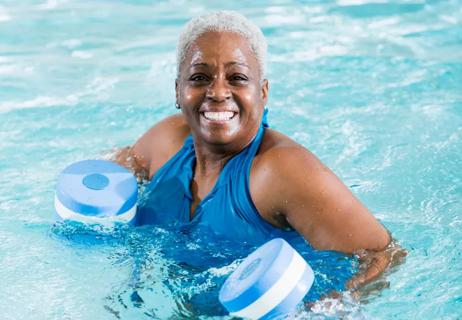
Working out is one of the best things you can do to improve your symptoms

Type 2 diabetes isn’t inevitable with these dietary changes

Applying a hot or cold compress can help with pain